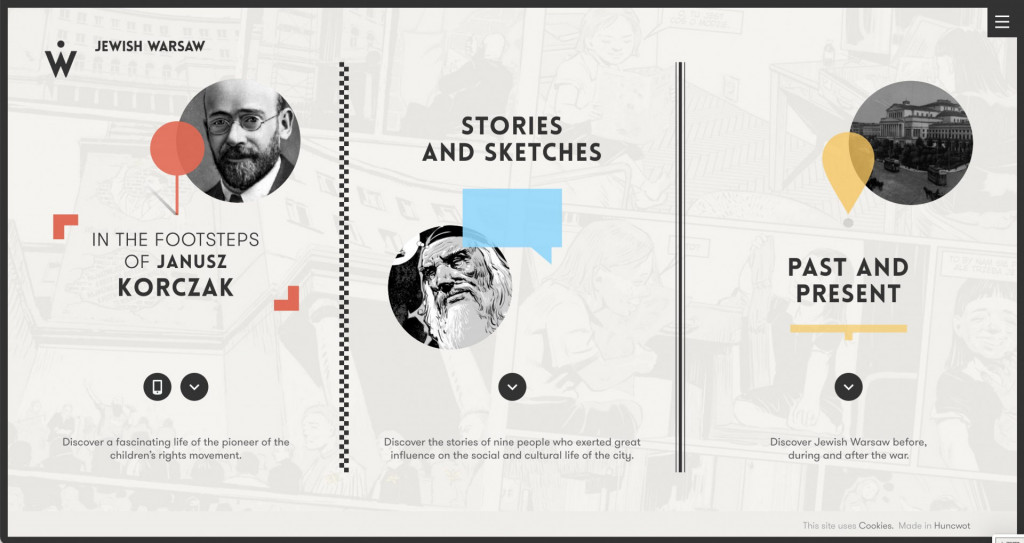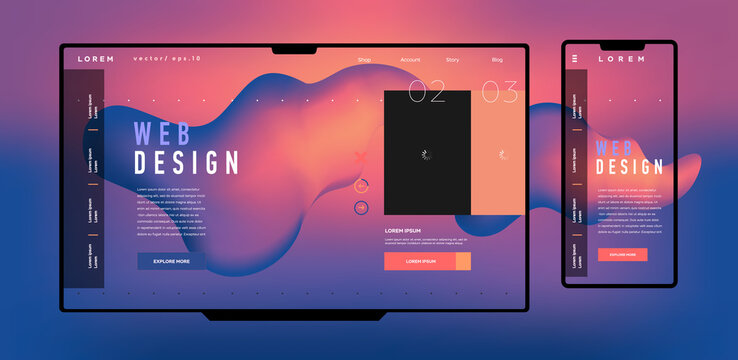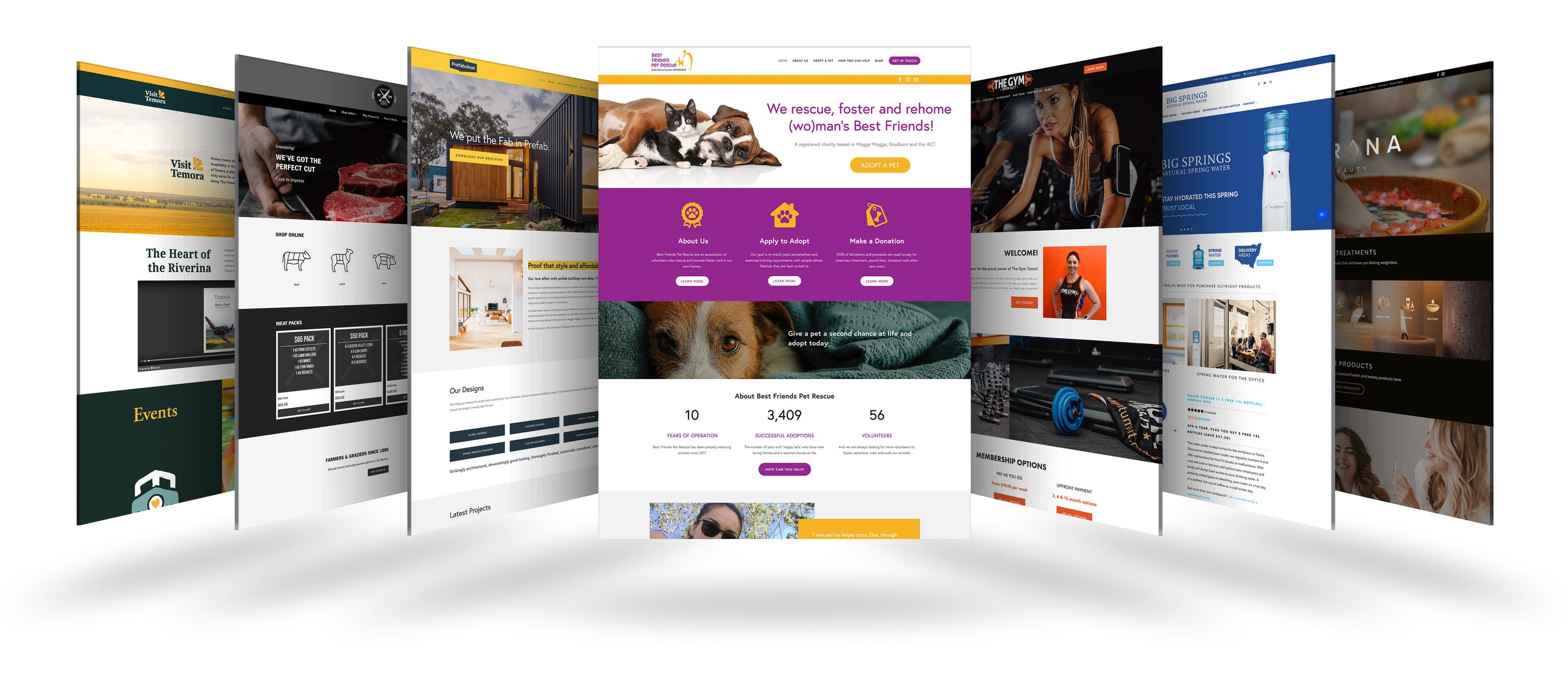Website Design Innovations to Watch for a Modern Look
Important Principles of Web Site Layout: Developing User-Friendly Experiences
In the world of internet site layout, the production of user-friendly experiences is not merely a basic need but an aesthetic quest. Essential principles such as user-centered design, instinctive navigating, and accessibility work as the foundation of efficient electronic platforms. By focusing on user demands and choices, developers can promote engagement and fulfillment, yet the effects of these principles extend past plain performance. Comprehending how they intertwine can considerably impact a website's overall effectiveness and success, motivating a better evaluation of their specific duties and collective impact on individual experience.

Value of User-Centered Layout
Focusing on user-centered design is vital for creating effective internet sites that satisfy the needs of their target market. This technique puts the user at the center of the style process, ensuring that the internet site not just works well but also resonates with individuals on a personal level. By recognizing the customers' preferences, objectives, and habits, designers can craft experiences that promote engagement and complete satisfaction.

In addition, embracing a user-centered layout viewpoint can bring about enhanced access and inclusivity, accommodating a varied audience. By thinking about various individual demographics, such as age, technological efficiency, and social backgrounds, developers can create web sites that are welcoming and functional for all.
Inevitably, prioritizing user-centered style not just boosts user experience however can additionally drive key company end results, such as increased conversion rates and client commitment. In today's affordable digital landscape, understanding and prioritizing customer needs is a critical success variable.
User-friendly Navigation Frameworks
Effective website navigating is typically a vital aspect in boosting customer experience. Instinctive navigating structures allow customers to find information promptly and successfully, minimizing irritation and boosting interaction.
To create instinctive navigating, designers ought to prioritize clarity. Tags need to be detailed and familiar to customers, staying clear of lingo or unclear terms. An ordered framework, with key groups bring about subcategories, can further help customers in understanding the relationship between various areas of the site.
Additionally, including aesthetic signs such as breadcrumbs can guide individuals via their navigating course, permitting them to easily backtrack if needed. The inclusion of a search bar also enhances navigability, granting customers direct accessibility to content without needing to navigate with numerous layers.
Flexible and responsive Formats
In today's digital landscape, guaranteeing that websites work effortlessly across various tools is crucial for individual contentment - Website Design. Receptive and adaptive designs are two essential methods that allow this performance, providing to the varied variety of screen sizes and resolutions that customers might experience
Receptive layouts utilize liquid grids and flexible photos, enabling the internet site to automatically adjust its aspects based on the display measurements. This strategy offers a constant experience, where material reflows dynamically to fit the viewport, which is specifically helpful for mobile customers. By utilizing CSS media questions, designers can produce breakpoints that optimize the design for different gadgets without the need for different designs.
Adaptive designs, on the other hand, make use of predefined designs for particular display dimensions. When an individual accesses the site, the server identifies the tool and serves the appropriate design, making certain an optimized experience for varying resolutions. This can result in much faster loading times and improved efficiency, as each layout is customized to the device's capacities.
Both adaptive and receptive layouts are critical for boosting user engagement and contentment, ultimately adding to the website's general efficiency in meeting its objectives.
Constant Visual Hierarchy
Establishing a consistent aesthetic power structure is essential for assisting individuals with a site's material. This principle guarantees that info exists in a manner that is both intuitive and engaging, permitting users to easily navigate and understand the product. A distinct power structure utilizes numerous design aspects, such as size, spacing, comparison, and color, to develop a clear difference in between different kinds of material.

Moreover, constant application of these visual signs throughout the website cultivates experience and trust. Individuals can quickly discover to identify patterns, making their interactions a lot more efficient. Eventually, a solid visual power structure not only improves customer experience but likewise improves general website functionality, urging deeper engagement and promoting the preferred activities on a web site.
Ease Of Access for All Customers
Access for all individuals is an essential facet of web site layout that guarantees everyone, despite their capacities or disabilities, can involve with and gain from on-line have a peek at this site content. Designing with availability in mind entails executing methods that accommodate varied individual demands, such as webpage those with aesthetic, acoustic, electric motor, or cognitive impairments.
One vital standard is to abide by the Web Content Ease Of Access Guidelines (WCAG), which supply a structure for creating available digital experiences. This includes utilizing sufficient color contrast, providing text alternatives for images, and ensuring that navigation is keyboard-friendly. Additionally, employing receptive layout techniques guarantees that internet sites operate efficiently throughout numerous devices and screen sizes, even more boosting ease of access.
An additional crucial variable is the use of clear, succinct language that avoids jargon, making content comprehensible for all individuals. Engaging customers with assistive innovations, such as display readers, requires mindful interest to HTML semantics and ARIA (Accessible Abundant Net Applications) functions.
Inevitably, prioritizing ease of access not only meets legal obligations yet likewise increases the audience reach, fostering inclusivity and improving user complete satisfaction. A dedication to availability reflects a devotion to creating fair digital settings for all users.
Verdict
Finally, the important concepts of website style-- user-centered layout, user-friendly navigating, responsive designs, consistent aesthetic power structure, and ease of access-- jointly add to the production of user-friendly experiences. Website Design. By prioritizing individual demands and guaranteeing that all individuals can successfully involve with the site, designers improve use Website Design and foster inclusivity. These concepts not only improve individual satisfaction however additionally drive favorable company end results, eventually showing the crucial relevance of thoughtful website style in today's electronic landscape
These approaches offer important understandings right into individual expectations and discomfort factors, allowing developers to tailor the site's attributes and content as necessary.Effective web site navigating is commonly an important factor in enhancing customer experience.Establishing a constant visual hierarchy is critical for directing users through a website's content. Inevitably, a strong aesthetic hierarchy not only enhances user experience but also improves overall site usability, encouraging deeper engagement and assisting in the preferred activities on a web site.
These principles not only improve user satisfaction yet additionally drive favorable company results, ultimately demonstrating the vital value of thoughtful site layout in today's electronic landscape.